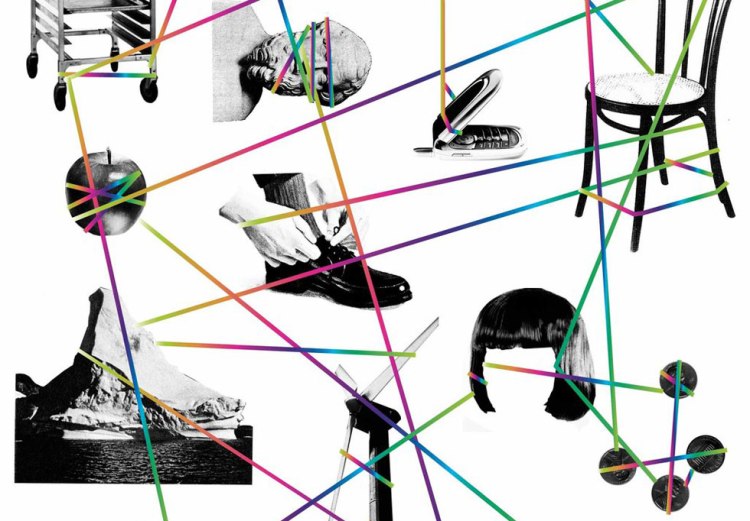What does Microsoft have in mind for the Internet of things? That question pops to mind following news that the tech giant is beefing up its Internet of things team.
A report from ZDNet on Tuesday said that the team, formerly known as Microsoft Embedded, appears to be broadening its focus beyond it previous scope of enterprise/industrial customers to now include consumers — a sector research firm IDC predicts will reach $8.9 trillion by 2020. The evidence includes movement of the former Embedded team from the Windows Server group to the operating system division. Hints also come from the LinkedIn profiles of several new team members, including the Internet of thing team’s director of program management (as of December), Steve Teixeira.
Teixeira noted in his updated profile that the team’s role is to develop Internet of things software for “industry devices, wearables, automobiles, consumer electronics, etc.”
This widened scope is not surprising since with its new CEO in place, the Internet of things could get much greater attention from Microsoft.
In October, it released version 8.1 of its 15-year-old Windows Embedded as a potential OS of many things, which could fit in nicely with SQL Server for data management, Azure for cloud solutions, Bing for search platform functions, and even its new Power BI on Office 365 to glean insights from all of those streams of data — just to mention a few of the many puzzle pieces Microsoft owns. This also includes research-driven projects such as the HomeOS home automation system and its associated Lab of Things.
If this year’s International CES kicked off a Big New Theme, it’s that the Internet of things is beginning to reach critical mass. Not only were there zillions of smart and transceiving things at the show, but Google subsequently grabbed a lot of attention in Redmond and elsewhere for its $3.2 billion purchase of smart thermostat provider — and future home automation vendor — Nest.
Laura DiDio, an analyst with industry research firm Information Technology Intelligence Corp., told VentureBeat that, somewhere in its emerging big-picture strategy, Microsoft sees the Internet of things as “a way to get back into mobile.”
Having missed that boat and having a difficult time getting a serious foothold there, she said, the company can “go for the bigger game” and try to outflank its mobile competitors by being in all of those other things.
After all, she said, you could look at mobile at “just being a part of the Internet of things, and Microsoft is going to keep kicking on doors until it finds the way in.”


